
On Easter Day, March 23, 1913, an F4 tornado that was a quarter mile wide hit North Omaha, killing at least 94 people. It is the deadliest Nebraska tornado of all time, and the 13th deadliest-ever tornado in the United States. It is one of Omaha’s most popular collective memories, and yet, few people seem to know about it. Here is a history of the 1913 Easter Sunday Tornado in North Omaha.
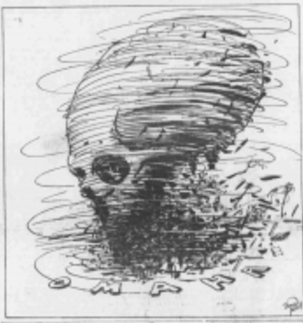
On the Corner
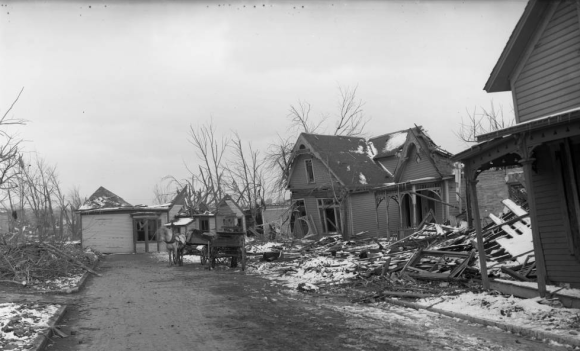
North 24th and Lake Streets was the hub. On any given Sunday afternoon, people flooded out of the churches and synagogues in the neighborhood and poured into the movie theatres, pool halls, grocery shops and boutiques that filled the corner. There was busy-ness and relaxation, laughter and release, and as usual, the Near North Side was abuzz with activity.
In 1913, the Near North Side was a mix of immigrants and African Americans. There were still Swedes, Germans and English immigrants moving in, as well as Russian, German and other Jewish people who’d lived in the neighborhood for a generation. During this time period, the African American population stabilized. Everyone had businesses, places of worship and social halls to themselves throughout the neighborhood. There were clusters too, with a so-called “Negro District”, Little Stockholm, Little Russia and other ethnic enclaves within the Near North Side taking up blocks around ethnic churches. Many of the neighborhood’s public schools offered “Americanization” classes where immigrants would learn the customs, attitudes and language of their new nation. There were several Catholic parish schools in the neighborhood, too, and churches of every denomination, including Methodists, Lutherans, Presbyterians, Baptists, and nondenominational churches. The Jewish community had several synagogues in the Near North Side at this point, also, as well as a Jewish Old Folks Home and a hospital.
On the late afternoon of an Easter Sunday in 1913, people would be sitting down for a big meal with family and friends. Others would be relaxing to an evening with a book, or knitting, or playing cards. Since it was just March 23rd, it would be cold outside and wintertime was on peoples’ minds. Maybe they just stoked the woodstove. And then it happened.
The Tornado Strikes
Five blocks wide. According to the US Weather Service, 800 homes were completely destroyed and another 2,000 homes were wrecked. In 1913, Omaha’s loss was $8,700,000; in 2016, that is more than $250,000,000.
Apparently, the tornado began southwest of Omaha. In Ralston, several people died before it moved along the path of the Little Papio Creek. Then it started north and east along Center Road near South 60th Street. It got to South 40th and Farnam and did severe damage before heading northward.
The tornado struck North Omaha first at North 40th and Dodge, varying between two blocks and five blocks wide. Going straight through the new Gold Coast neighborhood, it went northeast to the Walnut Hill neighborhood and through Bemis Park at North 33rd and Cuming, and then through the Prospect Hill neighborhood. The intersection of North 33rd and Hamilton and northwards at the intersection of North 33rd and Parker were both almost obliterated.
Then it pounded the Near North Side, slamming the area around North 24th and Lake, and moving into the Kountze Place neighborhood. After that it headed towards North 16th and Locust Streets, then moved into the Carter Lake area.
The Joslyn Castle was pounded, and mansions in the new Gold Coast neighborhood were smashed. Within minutes of meeting the beastly tornado, houses were completed demolished and whole neighborhoods were wrecked. Bemis Park’s fine homes were slaughtered, and regular houses in every neighborhood were damaged or obliterated. The Duchesne Academy was nearly obliterated, and most of the city’s infrastructure there was completely eliminated, including streetcar lines, telephone lines and even water mains under the ground. Steel train cars from the Belt Line Railway were found pierced with pieces of shattered lumber from the demolished homes. Buildings were found chopped in half and pipes, clothes and furniture dangling in trees.
Telephones weren’t in every home by 1913. Radio wasn’t available to most people yet. Almost everyone was caught off-guard. More than 2,000 people were injured.
And that wasn’t the worst of it.
The Worst Damage
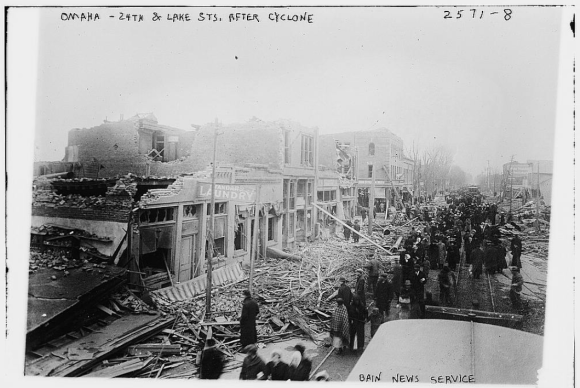
The Diamond Moving Picture Theater. The Idlewild Pool Hall. These were two of the dozens of businesses and hundreds of homes demolished by the tornado. The worst damage in the whole city of Omaha happened between Bemis Park and North 16th Street. In the short term, the tornado didn’t discriminate, either, killing more than 100 African Americans, European immigrants, and other white people.
When the tornado struck, the Diamond Theatre at the corner of North 24th and Lake Streets was packed with people watching a movie. However, people inside heard the tornado was coming and everyone there escaped before the building was demolished.
Across the street, people at the Idlewild Pool Hall weren’t as fortunate. The owner, C. W. Dillard, rounded up 13 customers who were playing pool and took them to the basement. They all crouched down on the south end of the basement, but that wasn’t enough to save them. Either dying from smoke inhalation or by getting crushed from the building’s weight coming down on them, all 13 people died.
A large suburban commercial district, more people died here than in any other part of Omaha. The tornado didn’t stop here though.
Continuing north and east, it pounded the Kountze Place neighborhood next. Dozens of homes and several churches experienced death and destruction. As far as North 14th and Lothrop, houses were damaged and people were wounded or killed.
After the Devastation
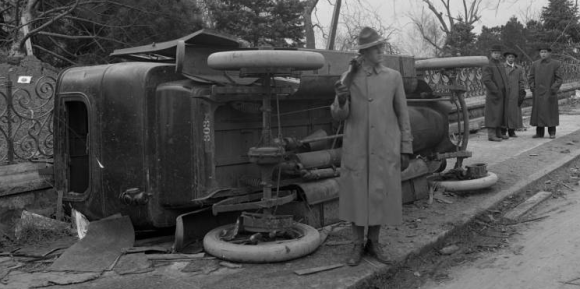
The day after the tornado, a snowstorm blasted Omaha. Newly homeless residents struggled to get out of the snowy weather, and the Red Cross struggled to stay up to their needs. Funds to aid tornado survivors poured into the city, but were poorly distributed, further jamming up recovery.
Before the snow melted, cleanup began. There was wood, brick, shingles, blocks and steel scattered across the entire swath of the tornado. Personal things were in trees, on the streets, in the piles and on the people. Several children were missing after the tornado, including babies swept from cribs and mothers’ arms, and there were many men and women who never came home. Cars were destroyed, streetcars were obliterated, and streets were tore up.
As with all natural disasters, hearts were broken, spirits were deflated and a city was badly hurt. Like many disasters, in the long-term, this one struck some neighborhoods worse than others.
Despite taking years afterwards, much of Omaha rebuilt. However, there are still lots in North Omaha that were demolished more than a century ago by this tornado that have never redeveloped since then. Between the economic cataclysm of the tornado and the first round of white flight that happened in 1919, many people developed a disdain for the Near North Side. By the 1950s and ’60s, that disdain spread towards Kountze Place, and in the 50 years after that the area slid worse. Today, there are countless open lots throughout the Near North Side and Kountze Place, and there are lots that look like a tornado hit them.
In the neighborhoods that did rebuild, there were decades of struggle afterwards, too. However, today most of the scars of the tornado there are gone.
ALL IN ALL, its easy to see why the 1913 Easter Sunday Tornado is the worst natural disaster to ever strike Omaha, and especially North Omaha. Let’s hope it never happens again.
1913 Easter Sunday Tornado Tour
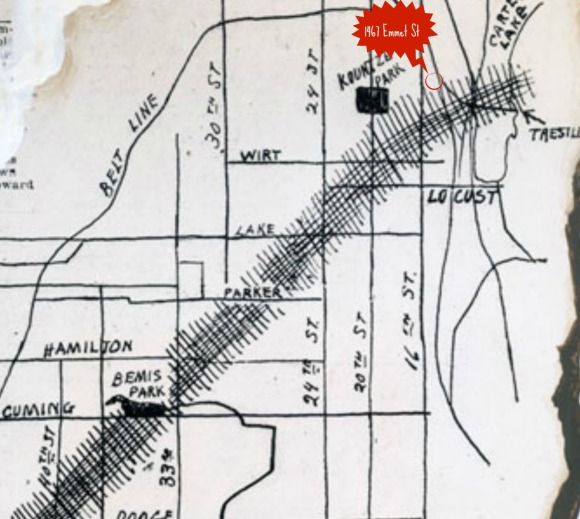
- Start at North 40th and Dodge
- Go straight through the new Gold Coast neighborhood
- Visit the Joslyn Castle. It was damaged extensively by the tornado.
- Head northeast to the Walnut Hill neighborhood
- Drive through Bemis Park.
- Stop at 3402 Lincoln Boulevard to survey the difference between tornado damage and the current home.
- Then go through the Prospect Hill neighborhood.
- Drive to the North 24th and Lake Historic District.
- Visit the site of the Idlewild Pool Hall, 2307 North 24th Street.
- Visit the site of the Diamond Moving Pictures Theatre, 24th and Lake.
- Visit the Webster Telephone Exchange Building, 2213 Lake Street, which served as a makeshift morgue.
- Move into the Kountze Place neighborhood along North 24th.
- Go to 2031 Binney Street to see how they rebuilt Trinity Methodist Episcopal Church.
- Head towards North 16th and Locust Streets.
- Finish at North 14th and Emmet, where the tornado left to go to Iowa.
You Might Like…
- A History of the 24th and Lake Historic District
- A History of the Near North Side Neighborhood
- A History of Kountze Place Neighborhood
Elsewhere Online
- “Easter came early in 1913, Omaha Tornado” by the National Weather Service
- “Tornado of March 23, 1913” by the Omaha Public Library
- “From the Archives: Rebuilding Omaha after the 1913 tornado” by the Omaha World-Herald
- “23 March 1913 Omaha-area tornado case study final” by Evan Kuchera, Jeff Hamilton and Trudy E. Bell
More Pictures
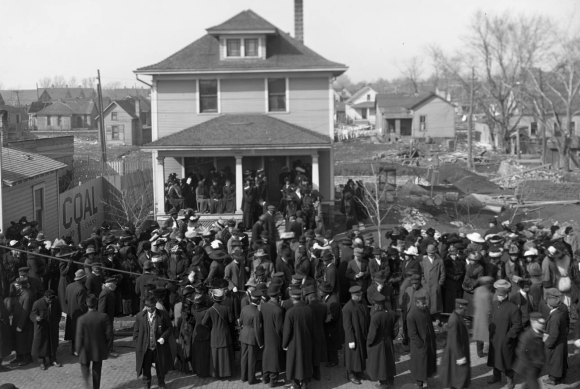
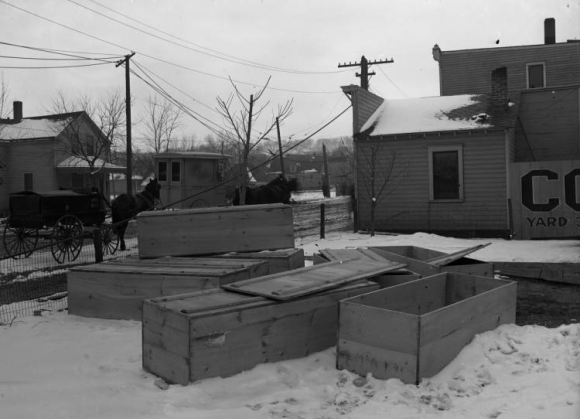
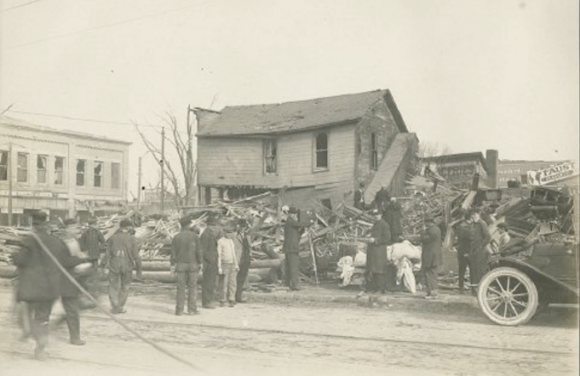

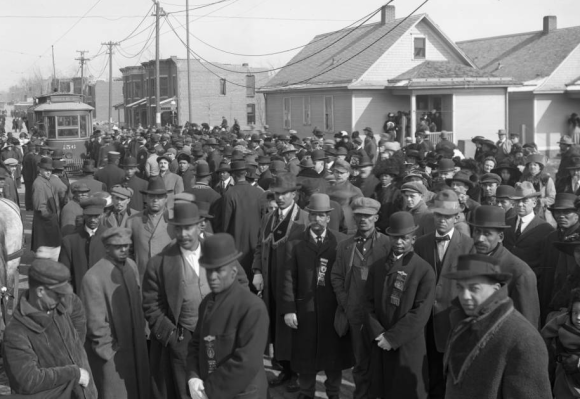
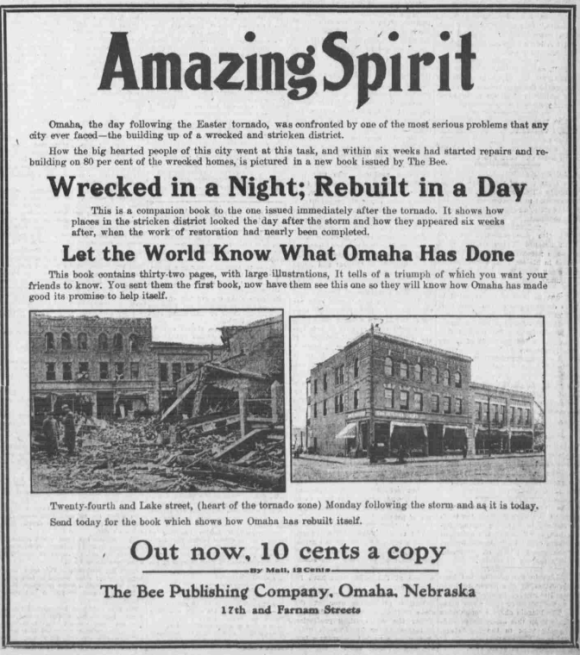
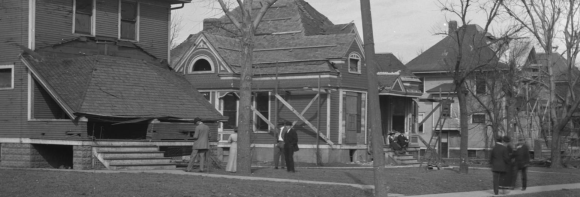
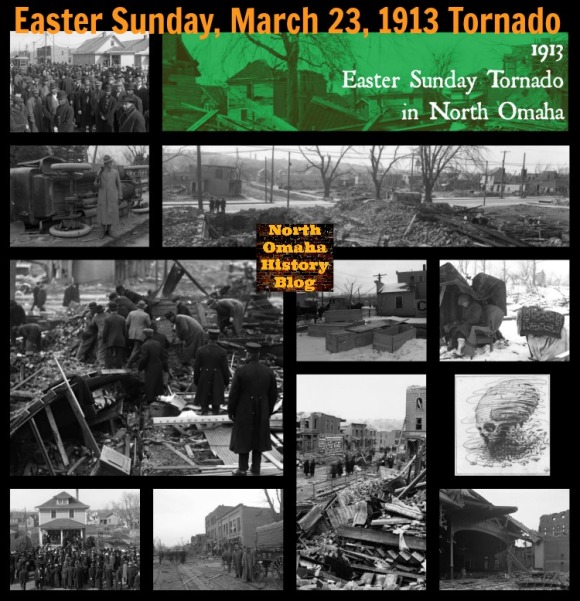
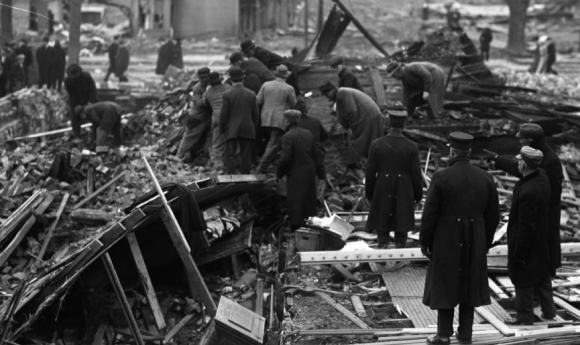


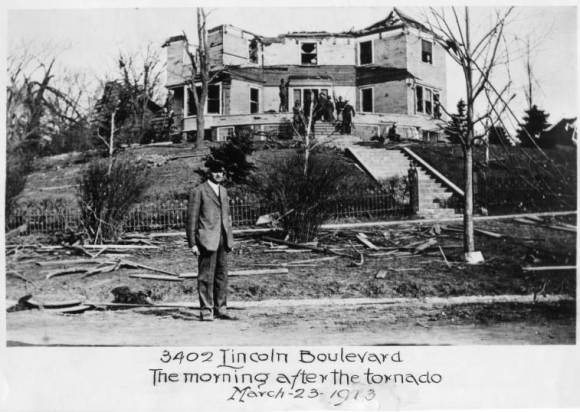
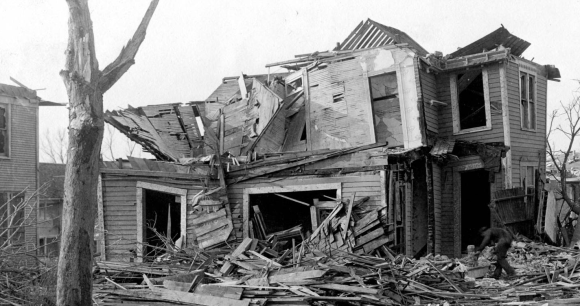

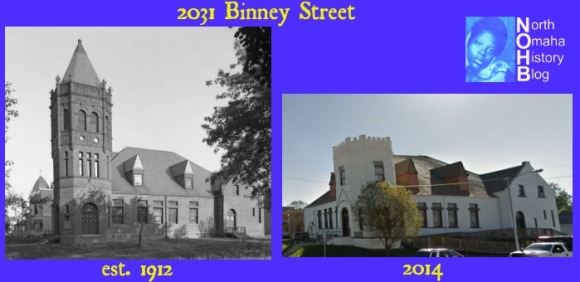
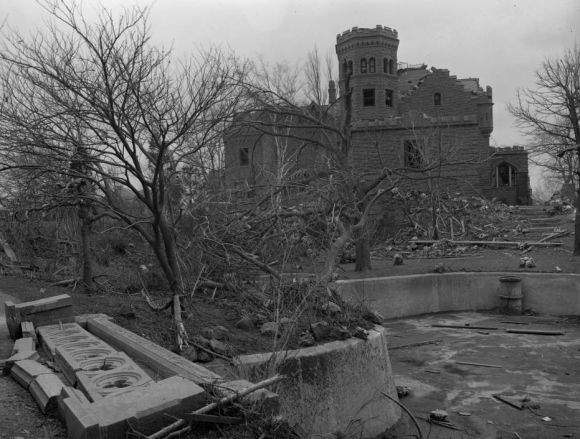
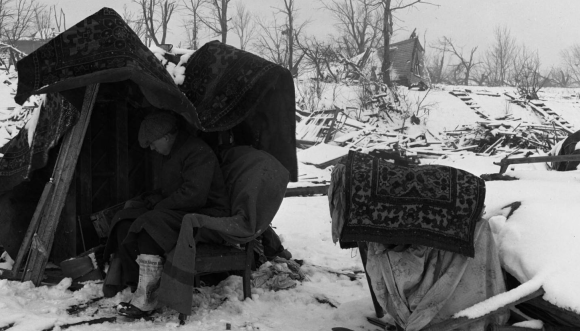
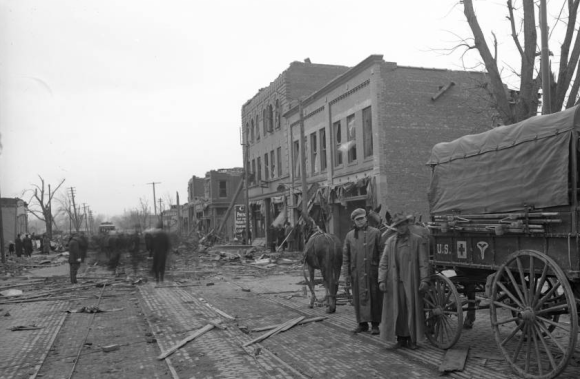
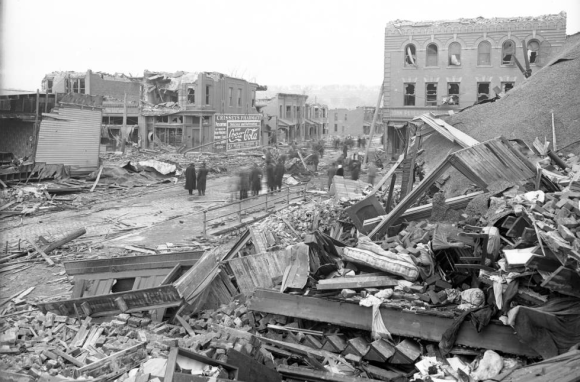
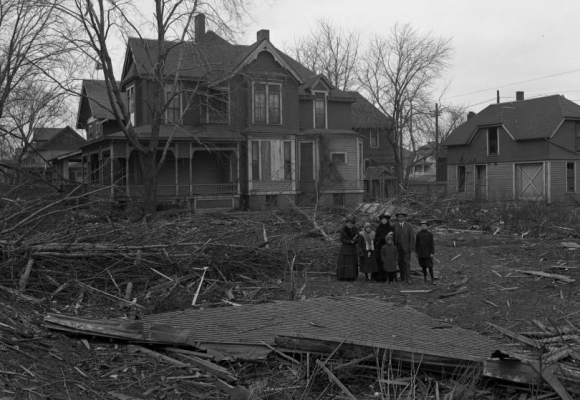
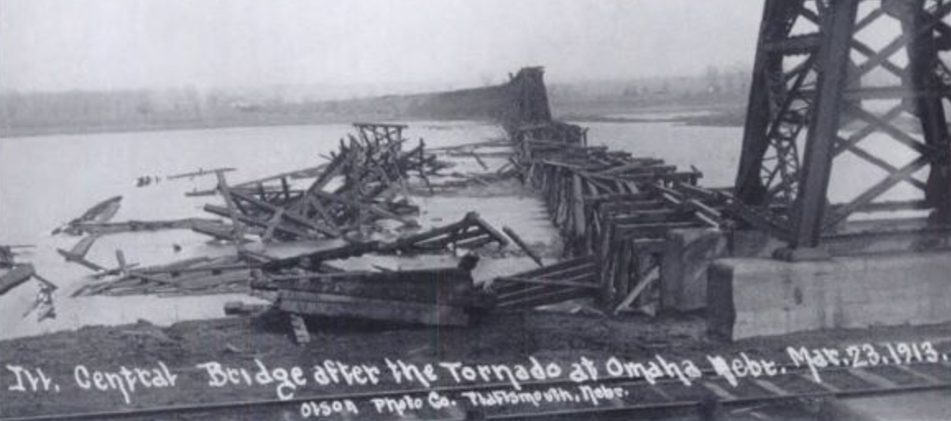
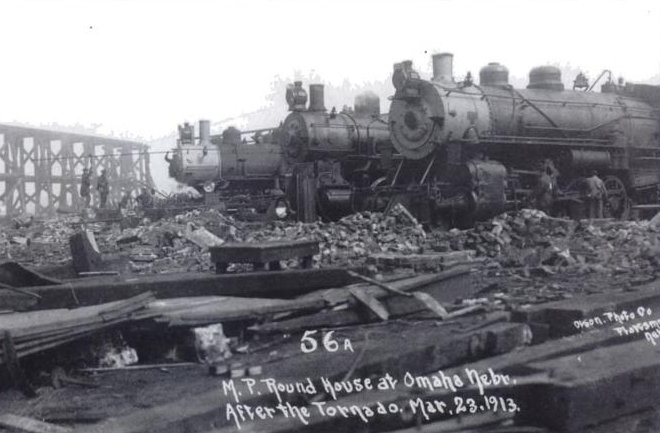
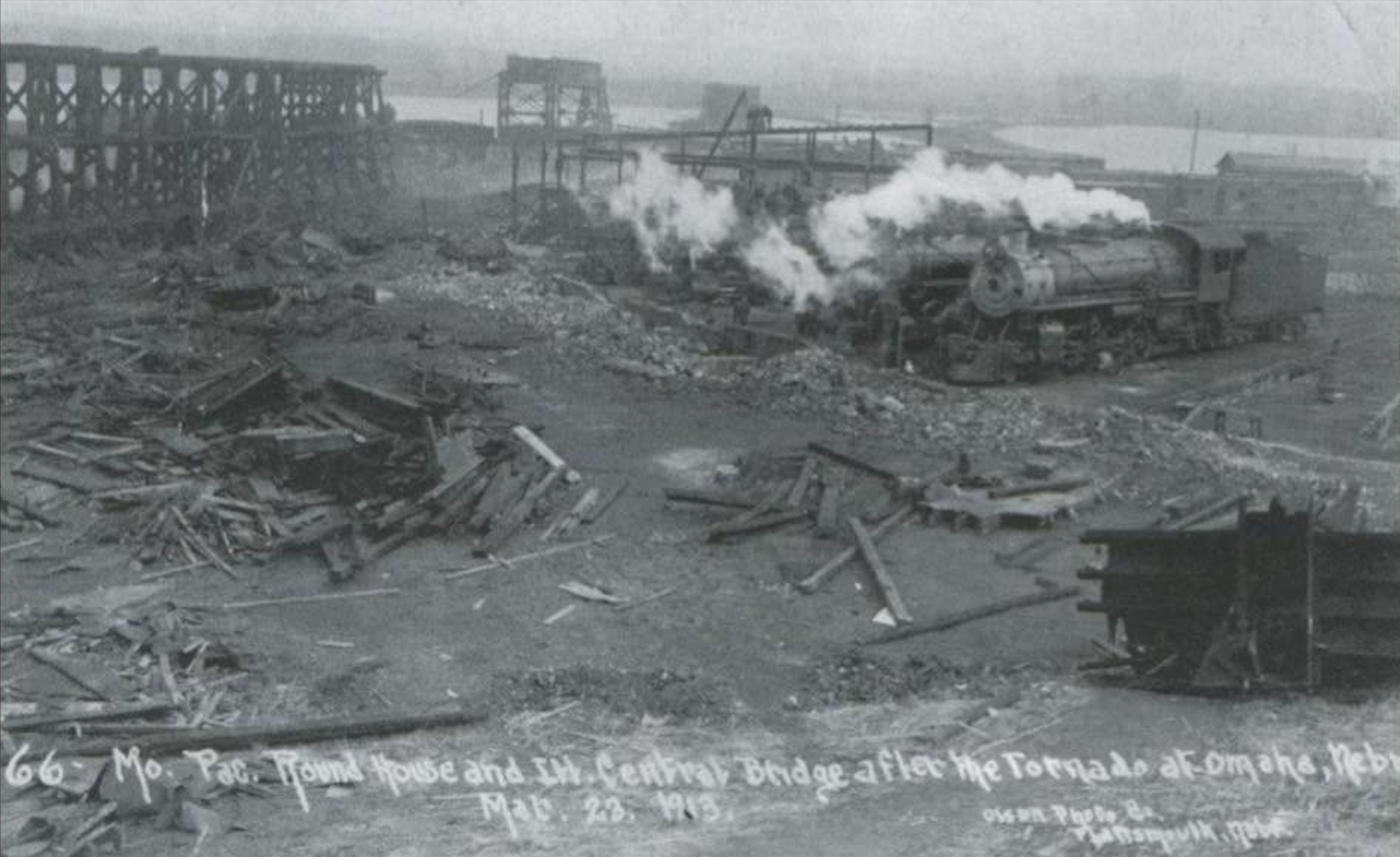


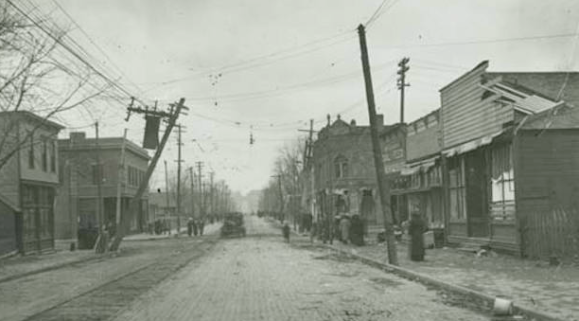
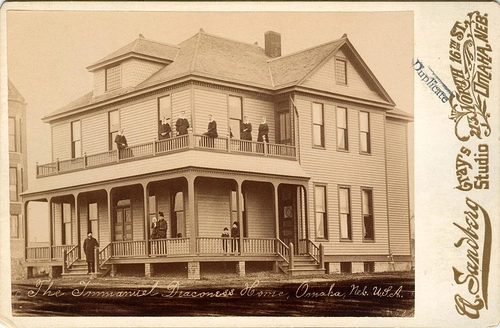

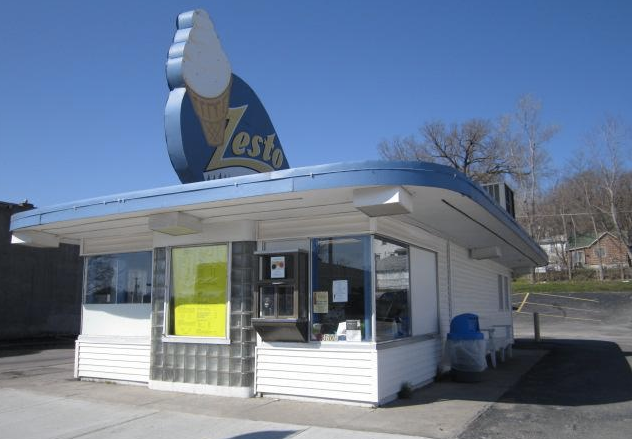
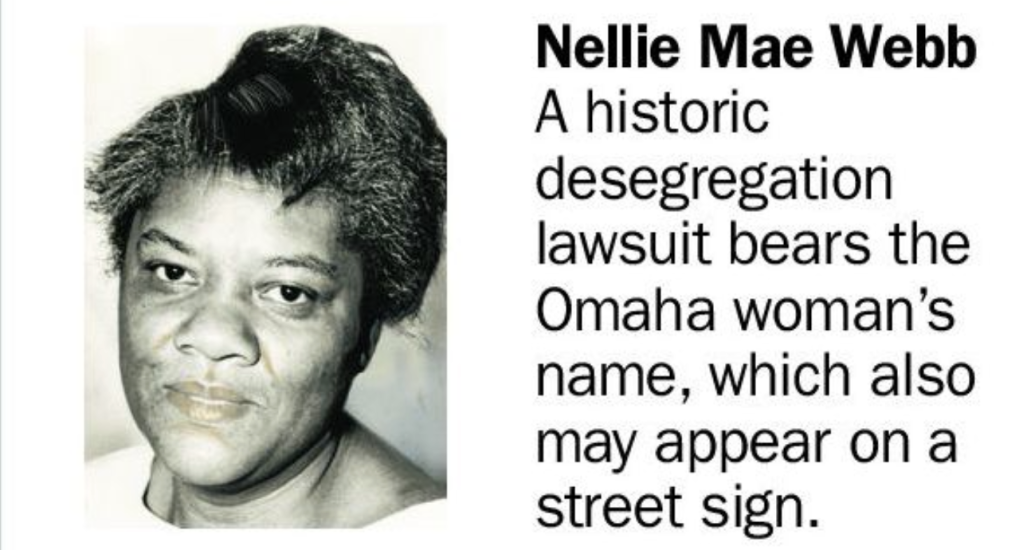
Leave a comment